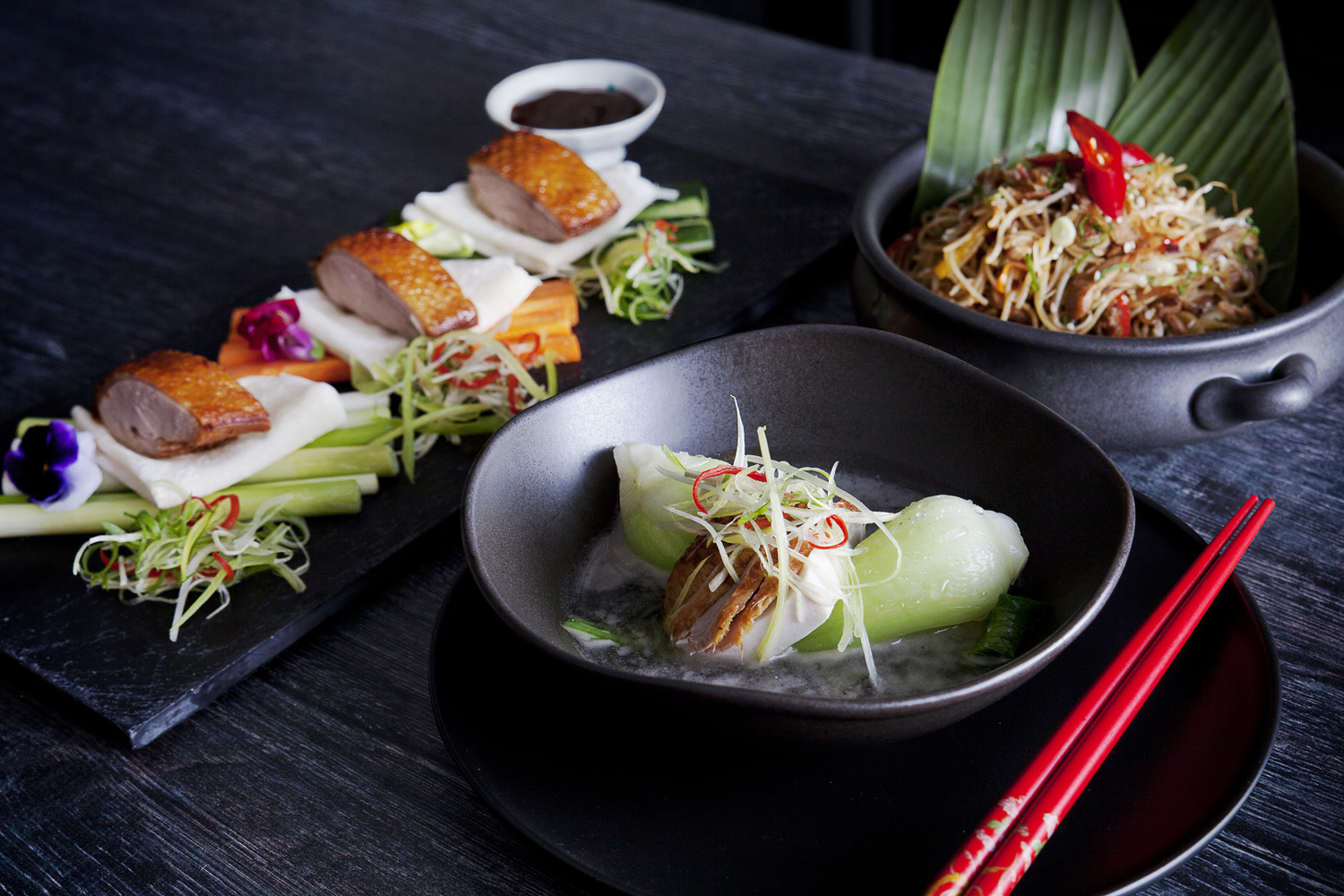In today’s digital world, visuals play a critical role in restaurant reviews. The saying “a picture is worth a thousand words” is particularly true when it comes to food. Beautifully captured photos can elevate a review, making it more engaging and persuasive for readers. Whether shared on blogs, social media, or review platforms, well-composed food photography can complement a detailed review, providing a sensory preview of the dining experience. Here are some tips on how to capture the perfect shot to enhance your restaurant reviews.

1. Lighting is Key
Good lighting is the foundation of any great photo. Natural light is often the best choice for food photography because it highlights the colors and textures of dishes without creating harsh shadows or unnatural hues. If you’re dining during the day, try to sit near a window or outside to make the most of natural light. For evening or dimly lit settings, consider adjusting the white balance on your camera to avoid photos that appear too yellow or dark. Soft, diffused light is ideal for bringing out the most appetizing details in a dish.
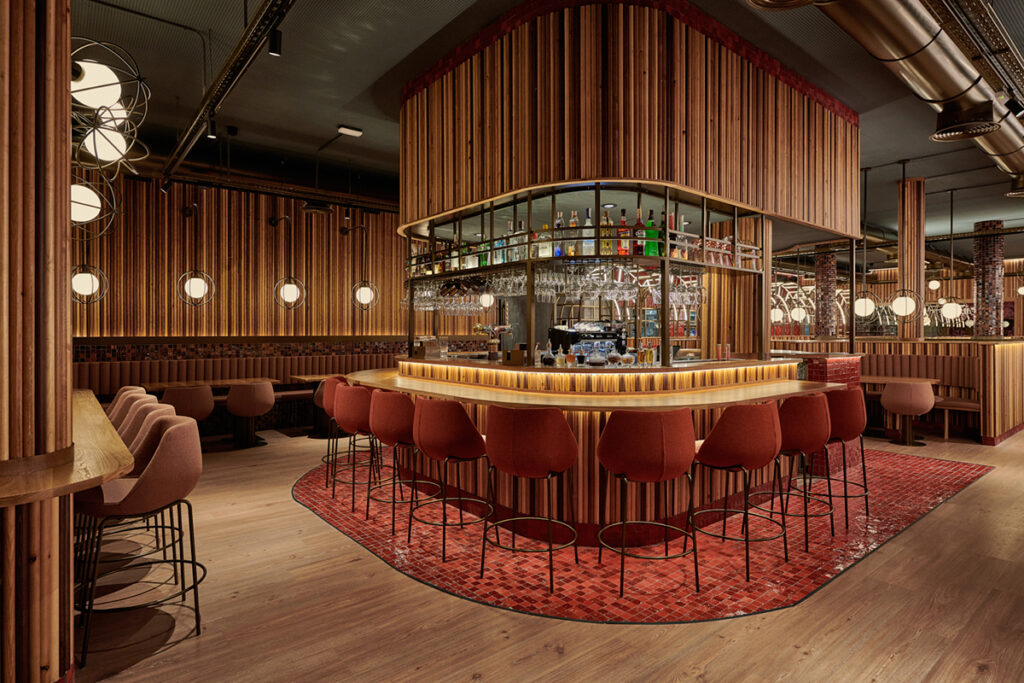
2. Composition and Angles
The angle at which you photograph a dish can significantly affect its appearance. Top-down shots work well for flat dishes like pizzas, salads, or charcuterie boards, showcasing all the elements in one frame. For layered dishes, such as burgers or towering desserts, a side shot may be more effective in capturing the height and structure. Experiment with angles and framing to find the most flattering perspective. Don’t hesitate to take multiple shots from different angles to ensure you get the best one.
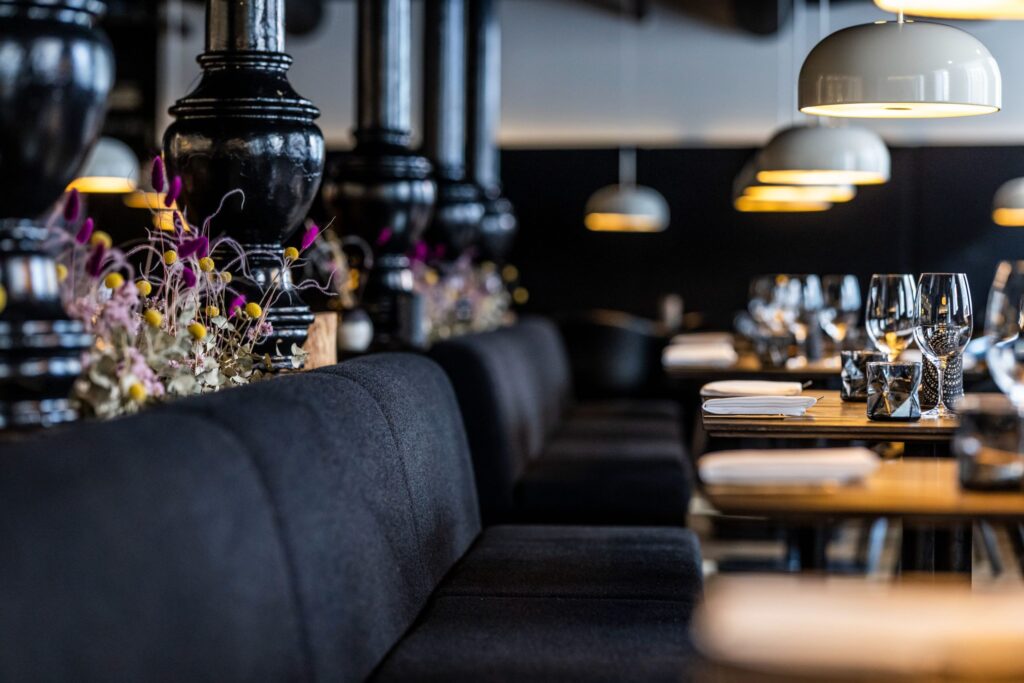
3. Focus on the Details
Food photography is all about showcasing the textures and details of a dish. Focus on the elements that make the dish unique—whether it’s the delicate drizzle of sauce, the crispness of a salad, or the melt-in-your-mouth texture of a pastry. Don’t be afraid to zoom in and capture those small moments that make the meal special. Close-up shots highlight the freshness and quality of ingredients, and they can convey a sense of how the dish might taste.
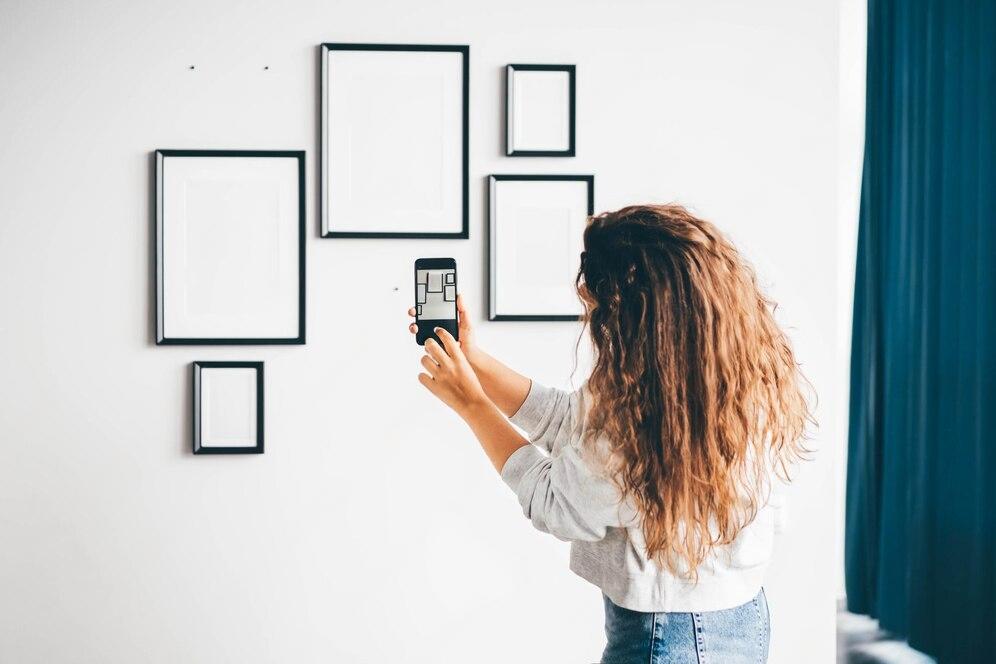
4. Avoid Overcrowding the Frame
While it’s tempting to capture the entire table or multiple dishes, overcrowding your frame can detract from the focus of the photo. Keep the attention on the featured dish by leaving negative space around the plate. If you want to include other elements, such as drinks or condiments, make sure they complement the food rather than distract from it. Simplicity in composition often leads to more visually appealing photos.
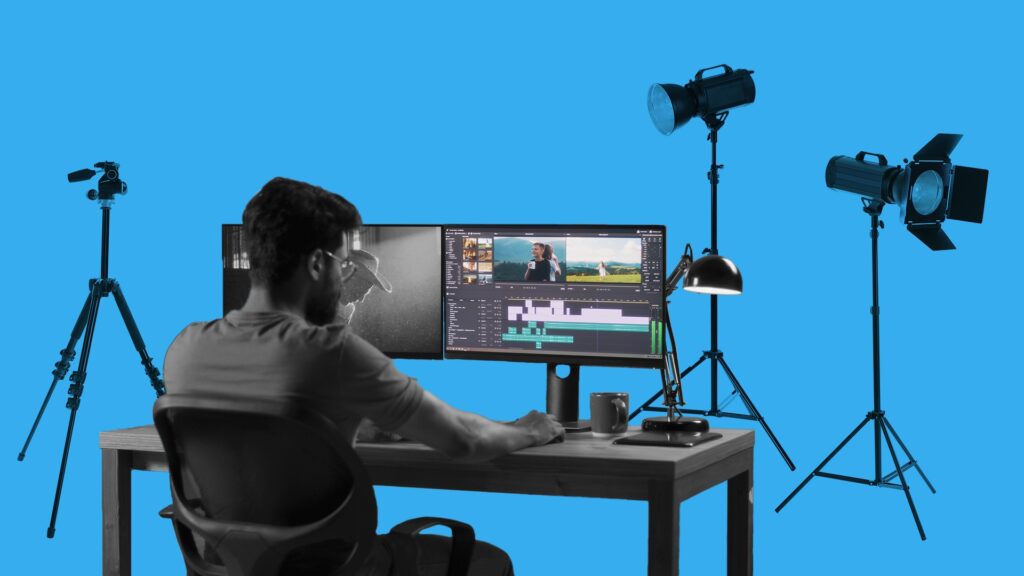
5. Editing and Post-Processing
While editing can enhance your food photos, it’s important to maintain a realistic representation of the dish. Use editing tools to adjust exposure, contrast, and sharpness, but avoid over-saturating the colors or using heavy filters that may alter the dish’s true appearance. The goal is to enhance the visual appeal while staying true to the actual dining experience.
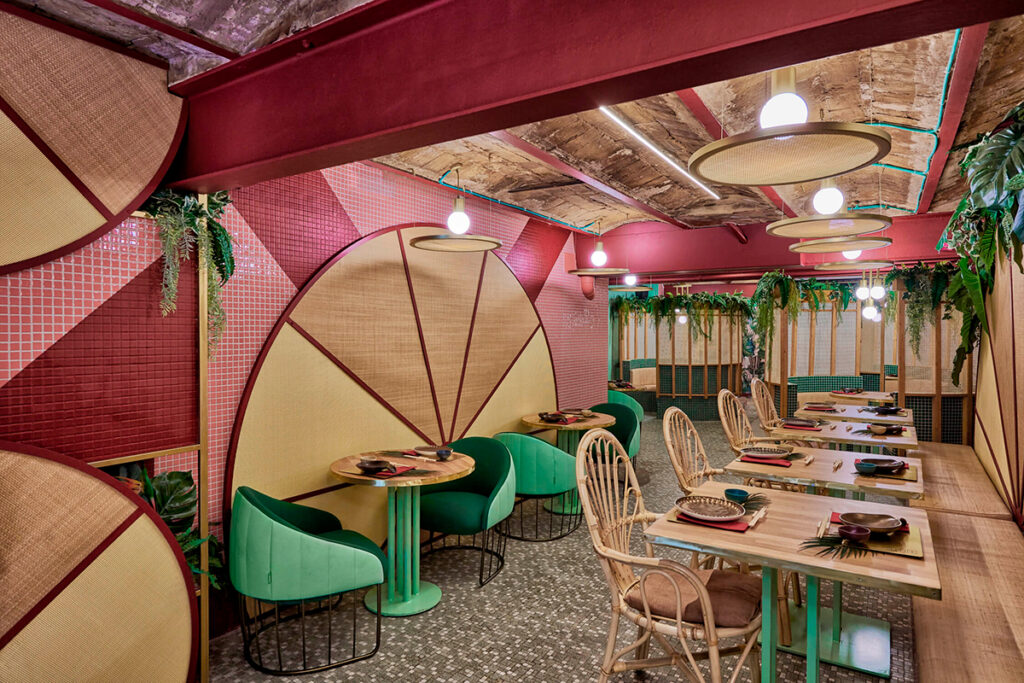
6. Tell a Story
Food photography is not just about the dish itself—it’s also about conveying the atmosphere and experience of the restaurant. Including elements like the restaurant’s décor, the plating, or the ambiance can help paint a fuller picture. A photo of the restaurant’s interior, staff interaction, or even the chef preparing a dish can evoke the overall vibe, giving readers a sense of the environment.
Incorporating well-composed photos into restaurant reviews not only makes them more visually appealing but also helps readers connect more deeply with the review. With attention to lighting, angles, and details, you can create photos that showcase the best aspects of a dish and help your review stand out. Remember, food photography is about more than just capturing the food—it’s about telling a story that entices your audience and complements your words.

